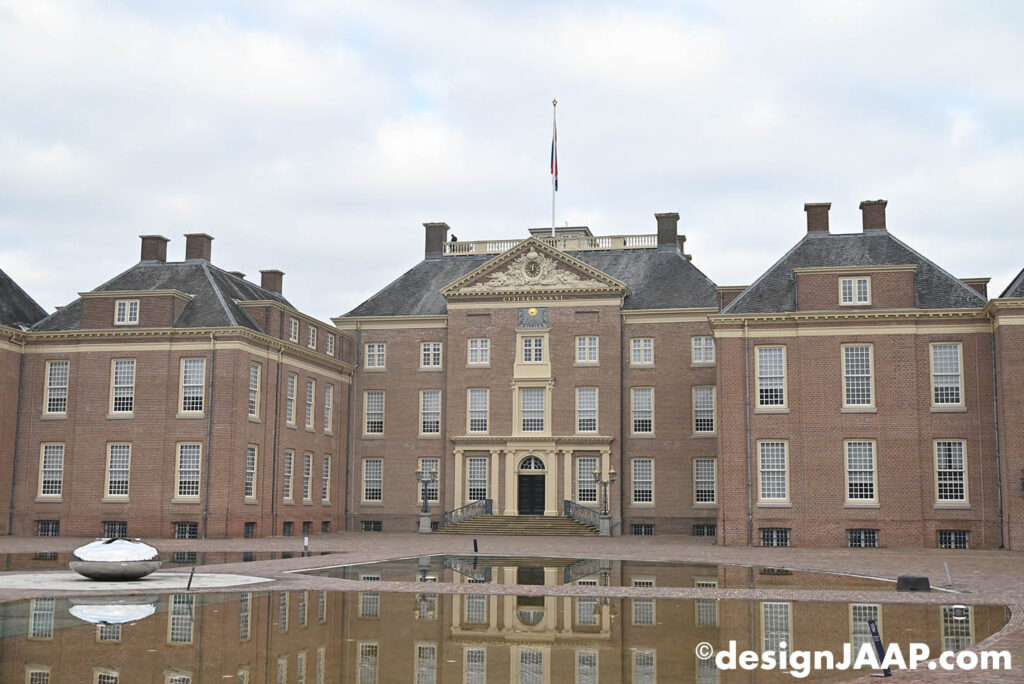Het Loo Palace (Dutch: Paleis Het Loo , meaning “The Lea”) is a palace in Apeldoorn, Netherlands, which was built by the House of Orange-Nassau.

The symmetrical Dutch Baroque building was designed by Jacob Roman and Johan van Swieten. It was built between 1684 and 1686 for stadtholder-king William III and his consort Mary II of England. The garden was designed by Claude Desgotz.
The palace remained a summer residence of the House of Orange-Nassau until the death of Queen Wilhelmina in 1962. In 1960, Queen Wilhelmina had declared that when she died, the private estate surrounding the palace would go to the Dutch state. She did, however, request that it should be returned to her family if the Dutch were to abolish the monarchy. The former crown properties surrounding the palace became property of the Dutch state in 1962, after Wilhelmina died at Het Loo. Her daughter, Queen Juliana, never lived there, but her younger daughter, Princess Margriet, lived in the right wing until 1975.
The building was renovated between 1976 and 1982. Since 1984, the palace has been a state museum open to the general public, showing interiors with original furniture, objects and paintings of the House of Orange-Nassau Architecture.
The private “Great Garden” is situated behind the house. This Dutch Baroque garden, often nicknamed the “Versailles of Holland”, actually serves to show more differences than similarities. It is still within the general Baroque formula established by André Le Nôtre: perfect symmetry, axial layout radiating gravel walks, parterres with fountains, basins and statues.
Here is a photographic impression of architecture of Het Loo Palace in Apeldoorn